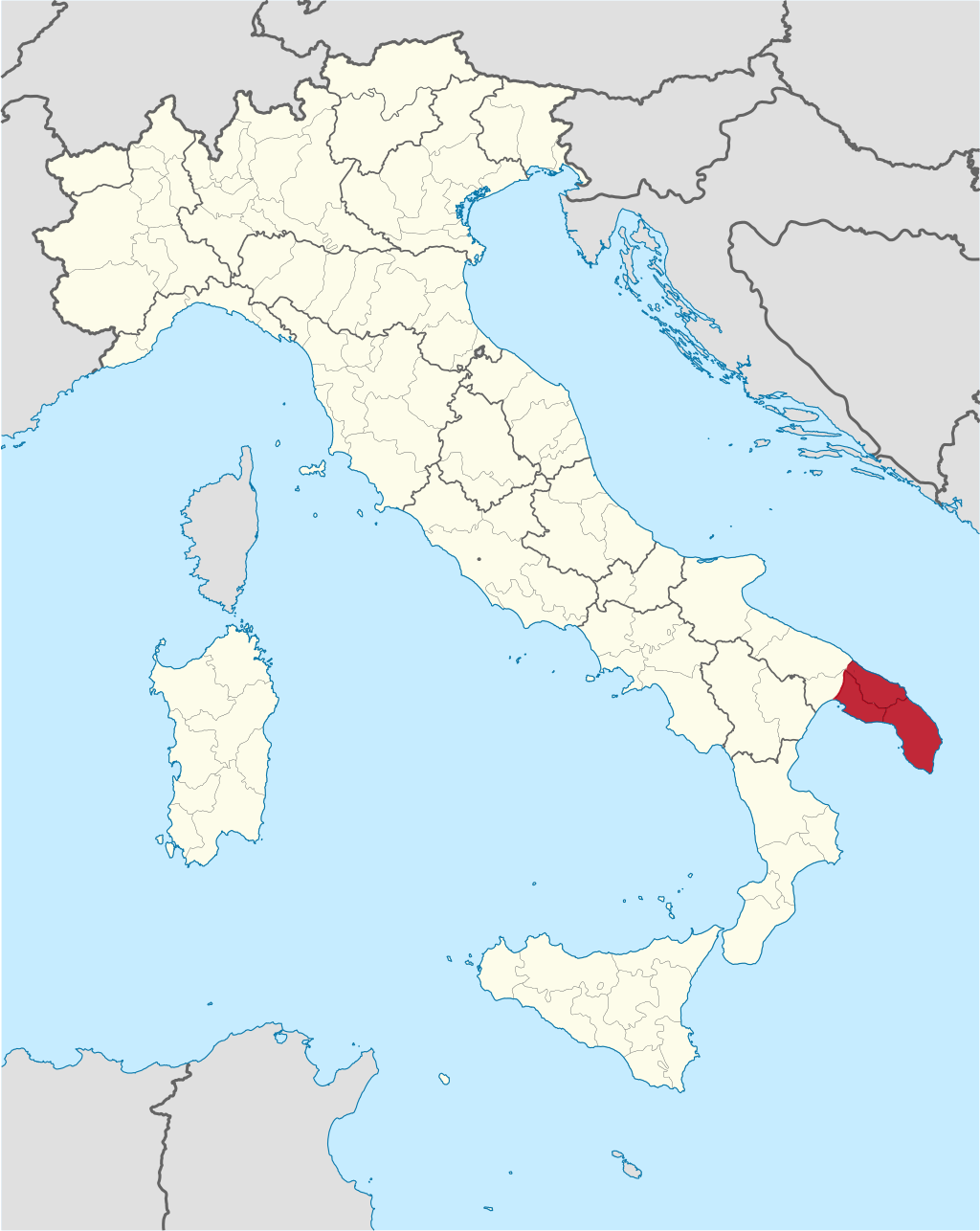Wine: Rosso Salento: It doesn’t taste like (my conception of) Italy
February 18, 2010
This post is part of my ongoing goal in 2010 to “fix my little problem” with Italian wines. In other words, my ignorance. It’s slow going. Tonight I’m sipping a wine that is startling me: 2006 Felline Alberello Rosso Salento.
This wine tastes like something from California or Australia. Approaching opacity, dense, sugar-plum jam. Why does this wine taste like this? My perception of Italian wines: dusty-dry, sere, almost fruitless, reds that require a certain fortitude and often a whole lot of food to enjoy appropriately.
This wine is nothing like that.
This wine is not elegant. It’s brutish and downright unfettered, so resiny that it leaves a coating on my teeth. It’s absolutely not highbrow and I find that I want to hang out with it, despite its somewhat macerated sweetness.
To help me understand: a geography lesson. Salento: the boot of Italy, very far south. Rosso: red. This is the “red of Salento” and is primarily made from the Negroamaro grape, which I get hopelessly confused with Nero d’Avola ( mentioned in this post). The Negroamaro is blended with Primitivo, a grape we New Worlders have a habit of calling Zinfandel.

Ripening Negroamaro grapes in the Salento/Apulia region of southeastern Italy. Photo by Pietro Di Bello
| What is Salento? | Salento is a geographic region located in the far southeast of Italy—that is, the proverbial “boot.” It is located within Apulia. |
| What is Rosso Salento? | Rosso Salento is a dark, rustic red wine primarily made from the Negroamaro grape, blended with Primitivo (called Zinfandel in the new world). Judging from its overall lack of “Internet presence,” this is not a very common wine to be found in the US. |
| What’s it cost? | This everyday drinker can be had for about $10 a bottle. We got ours at Great Wine Buys on NE Broadway: it was part of their January/February mixed case. |
| What’s it like? | I think I have mild synaesthesia because, to me, most Italian wines taste like a triangle. This one? a semicircle. These shapes aren’t random: they serve in my mind as a taste profile. Most Italian reds: pointy and structured, willing to take on the added weight of rustic dinners. This one, a globular, bulging raisiny heat that is underpinned by an unwavering fullness.
Great Wine Buys’ Web site’s tasting notes say: Yep, pretty much! |

Italy: Salento
One Comment
Related Posts
- More Italian Wine Obscurity: Frappato
January 27, 2010 - Italian Wine: Unraveling the B’s: Barolo
January 11, 2010 - 2005 Chateau d'Oupia Minervois
January 1, 2007 - Wine resolution 2010: Fix that Italian problem
January 5, 2010 - Wines on Fire: Torrontés and storytelling
January 30, 2010

Ooh, wines as shapes. That could work. And would probably be more meaningful to me than the standard tasting notes, philistœnophile* that I am. But then, as you’ve described it, the system is fairly broad, better suited to describing varietals or regions than particular vintages.
Is there one set of shapes for all wines (e.g. whites and reds), or does each major class get its own set (i.e. is a red “triangle” the same as a white “triangle”)?
Not sure if that’s synesthesia, though (I guess I haven’t heard much about shape-centric synesthetes, though the Wikipedia article on the topic has some examples). Or, perhaps, isn’t most of wine tasting sort of synesthetic? Seems like many reviews and labels frequently attempt to describe the wine in terms other than taste: boldness, amiability, playfulness, etc.
*Surely a nominee for 2010′s Most Awkward Portmanteau (aka the Awkawards), no?